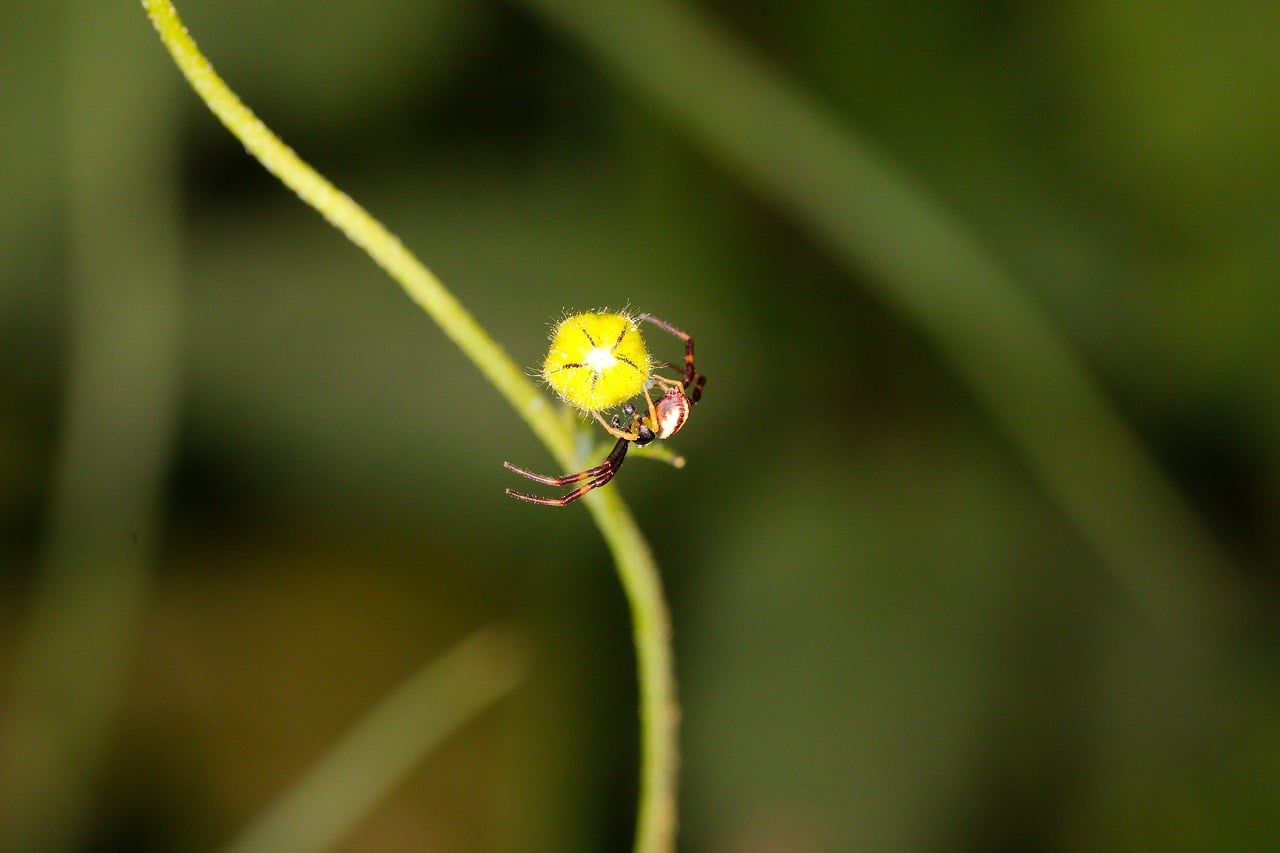Scientists trained the diminutive arachnid that they called Kim to jump on demand in order to discover the science of how spiders jump on prey. In their study, scientists discovered that Kim is capable of leaping six times her body length from a single standing start.
Unlike spiders, humans aren’t capable of leaping such heights. We are capable of jumping only around 1.5 body lengths. Studying these leaps in arachnids, scientists from the University of Manchester could manage to develop a new series of flexible robots that would have the properties of animals in nature, by understanding how spiders jump on prey, according to a report by BBC News.
The scientists in particular meant the Phidippus regius jumping spider that is capable of leaping in order to precisely hunt down prey. These spiders use this method to hunt down insects and small invertebrates. These spiders don’t make spider webs but instead use different methods for hunting. Also, they are equipped with excellent vision, having four large eyes at their front, and four smaller eyes located at the top of their head.
The team filmed how spiders jump on prey using high-quality cameras. Furthermore, they used 3D CT scanning to create a model that shows the legs of the spider as well as its body structure. The results revealed that at times they changed strategies, using faster hunting methods and lower trajectory that would make them faster and more accurate and sometimes they used more energy-efficient jumps.
“She will jump at the optimal angle, which means that she can understand the challenge that she is presented with,” Dr Mostafa Nabawy, a researcher that worked on a paper published in Scientific Reports told BBC News. “And then she can time her jumping performance at take-off to execute a jump that is optimal in terms of energy demand.”
Scientists used female spiders for the purpose of their study of how spiders jump on prey, acquiring them from a pet shop in Manchester. However, only Kim entirely cooperated with the team in order to make the leaps they were looking for. The team analysed the data from the videos so that they could understand the forces required for the leap and how they were made.
“The force on the legs at take-off can be up to five times the weight of the spider – this is amazing and if we can understand these bio-mechanics we can apply them to other areas of research,” said Dr Nabawy, an aeronautical engineer who is interested in designing new types of flying and jumping robots.
“Spiders have to plan everything, they have to execute accurate jumps and precise jumps to get their target [prey] as soon as possible and as accurately as possible.”
According to the team, Kim focused on muscle power instead of the hydraulic pressure, which consists of pumping fluid inside the spider’s legs to generate more muscle power.
“Our results suggest that whilst Kim can move her legs hydraulically, she does not need the additional power from hydraulics to achieve her extraordinary jumping performance,” said co-researcher, Dr Bill Crowther.





